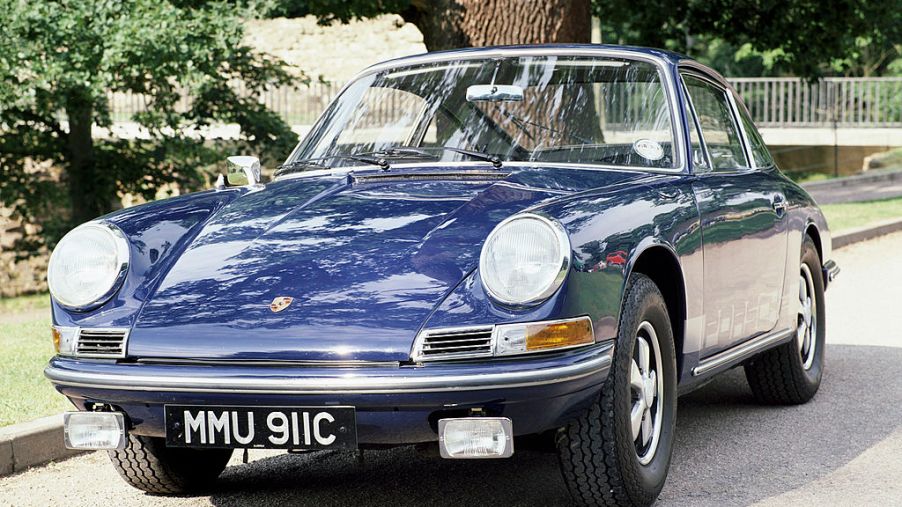
Porsche 911 History: How the Iconic Rear-Engine Sports Car Rose to Popularity
It is almost impossible for one brand to not only stand the test of time but remain competitive throughout its entire run. The Porsche 911 is one of the few examples of sustained success. This article will aim to look at key moments within the car’s 50-year run.
The 911’s origins
You may not know that at the root of the Porsche 911’s design, there is a relation with the original Volkswagen Beetle of the 1930s. Designed in 1963, the Porsche 911 was a creation of Ferdinand “Butzi” Porsche, whose grandfather, Ferdinand Porsche, designed the Volkswagen Beetle.
The 911 was a replacement for the 365, but it was not always known as the 911. The vehicle’s internal number is 901, and this was going to be its number. However, Peugeot prevented this since it had rights to three-digit vehicle names that have a zero in the middle. Porsche had to change its original plans, creating the 911.
Originally, the Porsche 911 came fitted with a 2.0-liter flat-six air-cooled engine, which was mounted at the back of the car. While a majority of the vehicle’s original aspects have remained generally unchanged, Porsche has carried out a few tweaks over the years.
Changes over the years
While the car’s unchanged shape is one of the elements that make the Porsche 911 a classic, the design Butzi penned in 1963 only lasted till 1993. The vehicle’s engine position, however, remains untouched throughout its production. Although the weight should throw the car off balance, the Porsche’s handling is one of the best.
After Porsche was led to believe the U.S. would make convertibles illegal, it introduced the Targa, named after Porsche’s successes in the Targa Florio race. A convertible model was revealed in 1981 and became available for consumers two years later.
In 1988, the Porsche 964 was introduced. It stayed close to the original, borrowing 911’s design principles. Five years later, Porsche released the 993, another model of the 911 and the last vehicle to be fitted with an air-cooled engine.
In 1998, Porsche strayed further from the classic 911 design with the release of the 996. One of the overhauled features was the teardrop headlights, which did not go down well with Porsche enthusiasts. Despite the rather drastic change, the 996 became the highest-selling 911 model for Porsche.
The 997 that replaced the 996 in 2004 saw Porsche revert to its trademark headlight design. Apart from a 2009 facelift, it remained mostly unchanged for more than eight years.
The vehicle’s engine capacity has also underwent several upgrades over the years. The 2.0-liter engine became the 3.2-liter and ultimately, the 3.6-liter which was fitted into 1988’s 964. In 1975, Porsche revealed the first 911 Turbo, which featured a 3.0-liter engine. The current 911 Turbo has three turbochargers after the 993 generation was fitted with a second one in addition to a four-wheel-drive system.
A brand of longevity
Since its introduction to the public market, Porsche has built more than a million 911s, with 70% of them still roadworthy. Over the vehicle’s 50-year run, it has remained popular amongst car enthusiasts.
While the 911 has become a flag-bearer for the car company, the brand has expanded its lineup over the years. Now, Porsche boasts models like the Cayman, Cayenne, and Panamera. Although Porsche is mostly known as a sports car manufacturer, its venture into the premium segment has further boosted the automaker’s profits, with those successes set to continue for the future.


